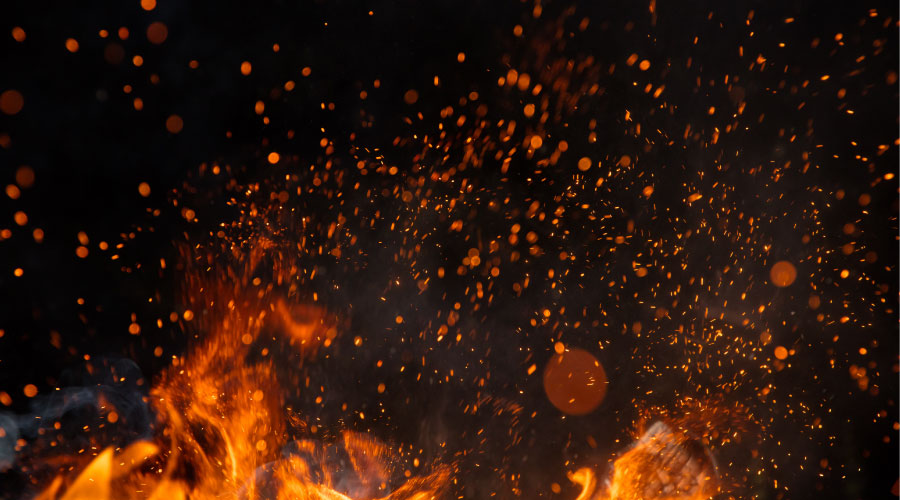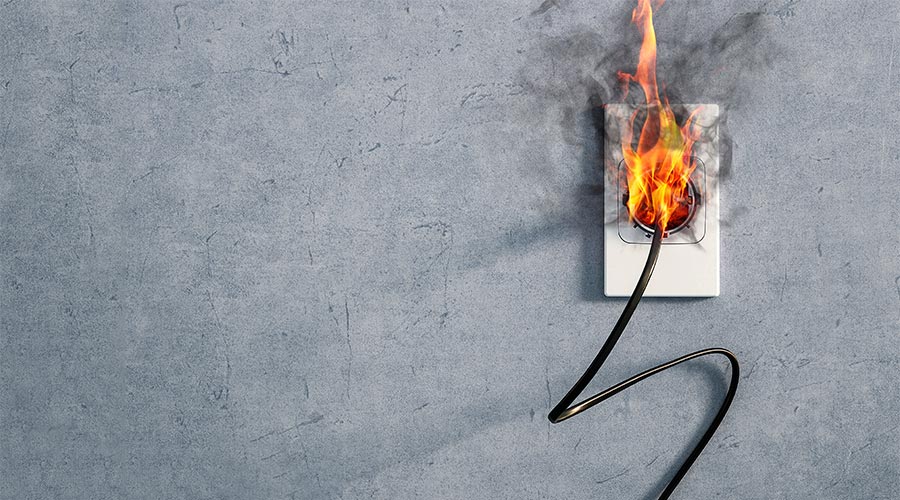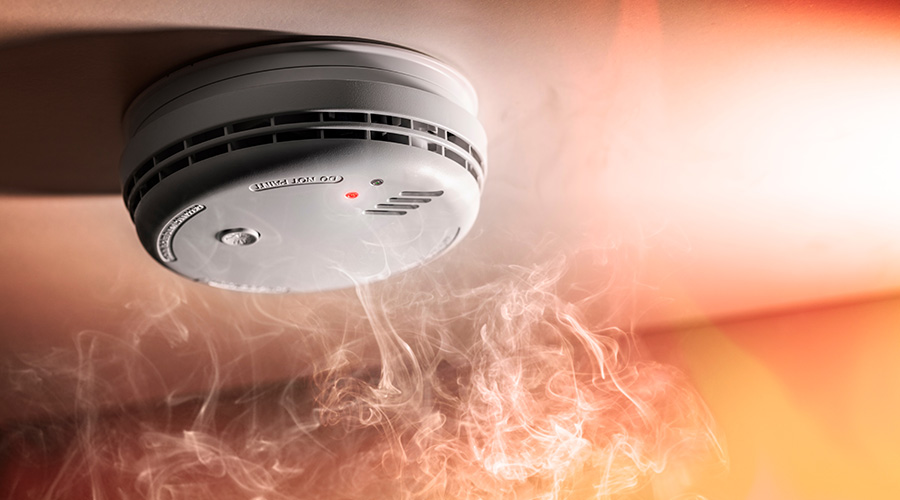Sprinkler Maintenance: Important Part of Fire Prevention
By Casey Laughman, Managing Editor
OTHER PARTS OF THIS ARTICLEPt. 1: This Page
Keeping the sprinkler system in good working order is clearly an important part of having an effective fire safety system. To do so, facility managers need to understand that while testing is important, so are documentation and exploring root causes of potential issues.
One area where both of these concerns come into play is the water supply to the sprinkler system, says Chris Jelenewicz, program manager, Society of Fire Protection Engineers. The water supply is critical, but could be overlooked as part of a regular maintenance routine.
"If you are not getting the proper amount of water at the proper pressure, your sprinkler system is not going to work the way it is supposed to," he says.
To test the water supply, conduct a main drain test. To do so, first check the water pressure of the supply to the alarm pipe. Then, open the main drain and wait for the water to clear. When the pressure reading stabilizes, make a note of it. In future tests, compare the pressure reading after the drain is clear to previous results; what you're looking for is to see if there's a substantial dropoff in pressure.
If so, you've got a problem somewhere, says Jelenewicz, who provides one example he's seen as being an issue with a partially shut valve in the underground supply.
"People were still able to have enough water pressure in the building to flush toilets and things like that; however, it was closed just enough that you could see a difference in the main drain test, and it would not be enough for the sprinkler system to provide what it needed to provide in a fire," he says.
If it's not a supply problem, then it's most likely a pipe problem, Jelenewicz says. Corrosion can be an issue as well; while it may not prevent the system from filling slowly, it could very well interfere when the system needs a lot of water pushed through at very high pressures.
As for the sprinkler infrastructure itself, while you may not have to be tinkering with individual heads on a regular basis, that doesn't mean you can just ignore them after they're installed, Jelenewicz says. After all, sometimes they can get bent, painted over or clogged due to construction or renovation projects.
"The one thing you do need to do is have a visual inspection," he says. "It's as simple as just looking at everything, and making sure that nothing has changed in the building — I've seen cases where somebody's come in to a lab building and put in a drop ceiling where it didn't have one before, so the sprinklers were mounted in the ceiling."
There's one other critical element to sprinkler maintenance. Regardless of what tests you run or how often you run them — see NFPA 13 for guidance — you need to keep a record of those tests and their results, especially if something happens that causes the lawyers to come calling.
"Never underestimate the importance of documenting things and saying 'hey, we tested this on this day, and this is what we saw,' says Jelenewicz.
"Have a follow-up procedure so that when you find things that are wrong, make sure that it's not just a mark on a test sheet somewhere saying 'we need to test this.'"
Related Topics:











